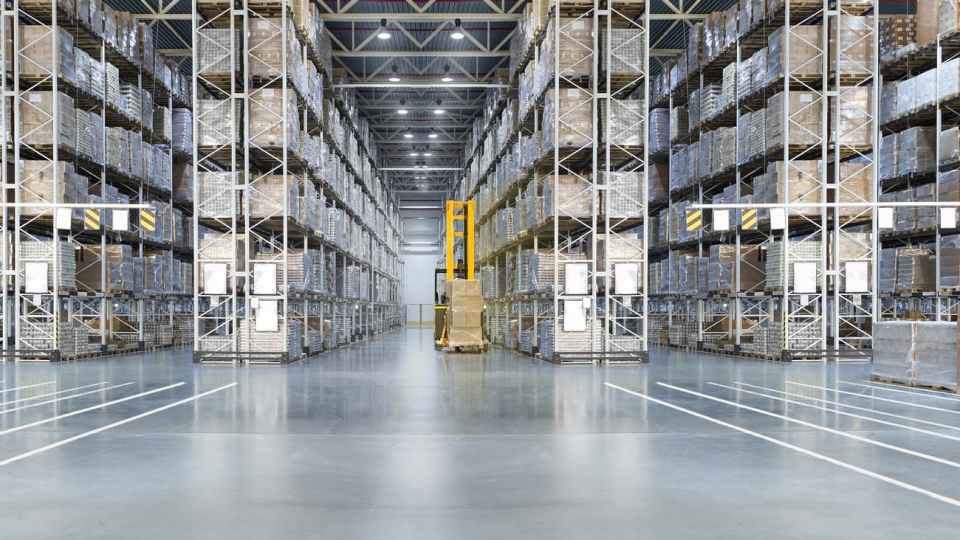Industrial Market Outlook: Rents Rise in Sunbelt Markets
The Sunbelt markets of Nashville, Tenn.; Atlanta; and Dallas-Fort Worth have experienced solid industrial growth throughout the last year: According to the latest national industrial report from CommercialEdge, rising rents have in the region been driven by increased demand for manufacturing space, spurred by reshoring efforts following recent U.S. government legislation.
“The benefits and incentives of reshoring or near-shoring have been magnified over the past few years, with significant growth in Sunbelt markets from Georgia to Arizona in support services for battery and semiconductor manufacturing plants,” said Peter Kolaczynski, director at CommercialEdge.
Outside of traditional port markets, in-place rents have seen the largest gains across the Sunbelt with Nashville (8.4%), Atlanta (8.2%) and Dallas-Fort Worth (8.1%) posting impressive growth. Nationally, industrial rents averaged $8.16 per square foot in September — a $.05 increase from August and up 7.1% year-over-year, according to the latest U.S. industrial market report.
Sunbelt’s Phoenix Still Easily Leads Industrial Space Pipeline
Currently, the total industrial space under construction nationally sits at 362.6 million square feet, which equates to 1.8% of total inventory. Completions through the end of September total 283.1 million square feet. Although this marks a decline from the last two years, it’s still poised to outperform any annual total prior to 2020.
Notably, Phoenix remains the clear leader with 33.83 million square feet under construction, followed by Dallas in a distant second place with 15.29 million square feet. Philadelphia and Kansas City are next and showcase a broad representation across the West, South, Northeast and Midwest from first to fourth.
Then, Inland Empire, Calif., climbed to fifth place with 10.2 million square feet underway — up from ninth last month after boosting its pipeline by 8.53 million square feet. This activity is noteworthy for a market that once sat closer to the top of the supply pipeline list. Moreover, while LA and Oakland, Calif., are among the busiest ports in the country, a nearby alternative market like Phoenix can provide what many southern California markets often lack — ample developable land.
California Bill Could Further Cap Future Growth in Markets Like Inland Empire
Adding to the existing constraints, recent developments in California include the passage of Assembly Bill 98, which is set to impose new requirements on industrial projects. The bill mandates minimum distances between loading bays for both new developments and expansions, alongside fresh standards for buffers and parking. It also requires larger warehouses to disclose truck routes that pass through residential and community areas.
What’s more, in markets like the Inland Empire, where industrial development coexists with densely populated residential zones, issues around increased truck traffic have fueled local concerns. Though logistics chains are most efficient when located near consumer hubs, the balance between meeting demand and maintaining livability is delicate. And, despite the fact that they’re lauded by the California Chamber of Commerce and the Retailers Association, these regulations are likely to further tighten future supply, especially in constrained markets, like Inland Empire.
For example, during the same time last year, Inland Empire had 29.58 million square feet under construction, compared to just 10.21 million by the end of September. Construction activity across Southern California has also noticeably slowed following a period of historic completions.
Nationally, Prices Are Up to $130/Square Foot, Sales Dip in Inland Empire
Sales of industrial assets have climbed throughout the last year with the average price per square foot increasing from $122 at the end of Q3 last year to $130 currently. In total, industrial sales have reached $43.7 billion through the first three quarters of the year.
However, in some of the top markets (like the Inland Empire), sales volume has softened. Once ranked among the top few markets for sales volume for six consecutive years and leading the nation in 2023, the Inland Empire has seen a slight dip in 2024. Now, the market sits just outside of the top ranks in total sales volume, while the average price per square foot has dropped to $188 — a 16% decrease from its 2022 high of $225 per square foot.
Even so, the Inland Empire continues to attract significant sales transactions. For instance, the market’s largest deal this year was EQT Exeter’s $197 million acquisition of a 177,750-square-foot distribution center at 13423 Santa Ana Ave. in the Fontana submarket. Fontana, in particular, has stood out by accounting for nearly half of the market’s total sales volume so far this year with properties here trading above the broader market’s average.

